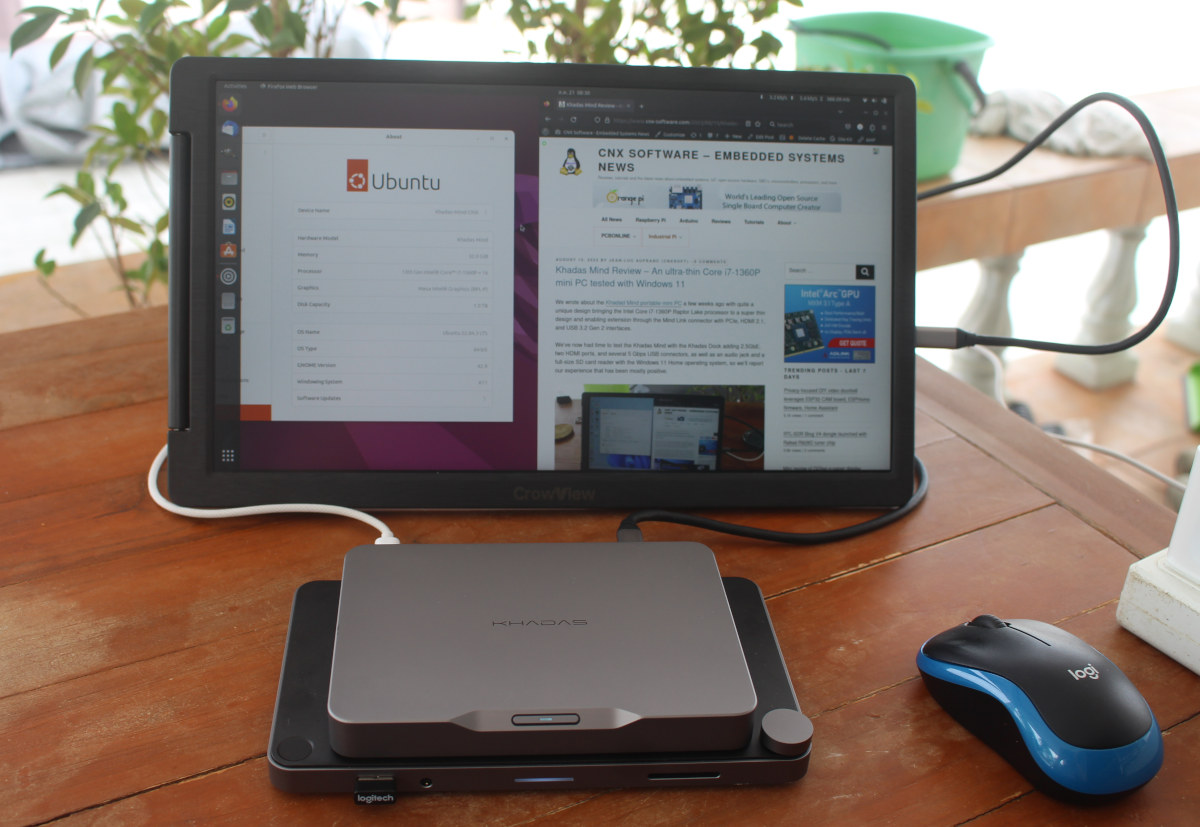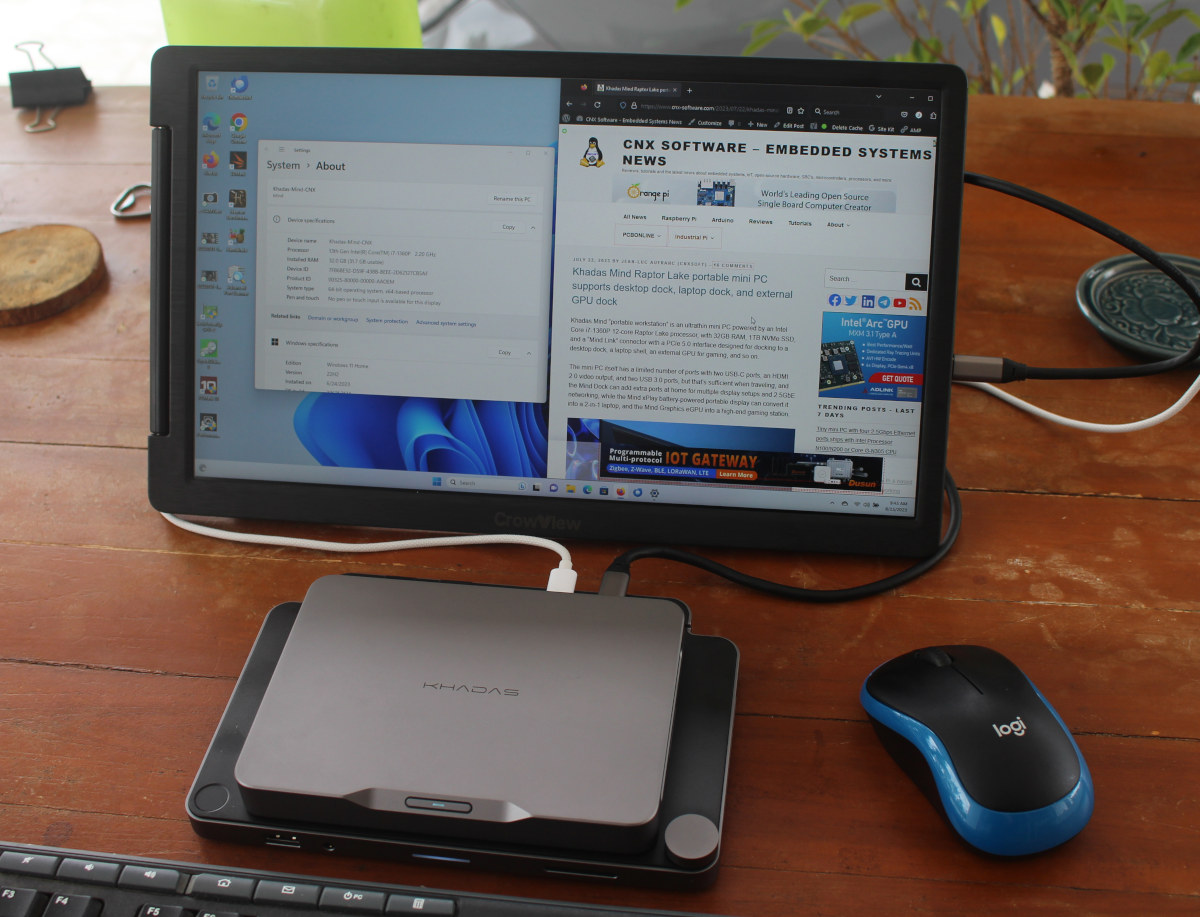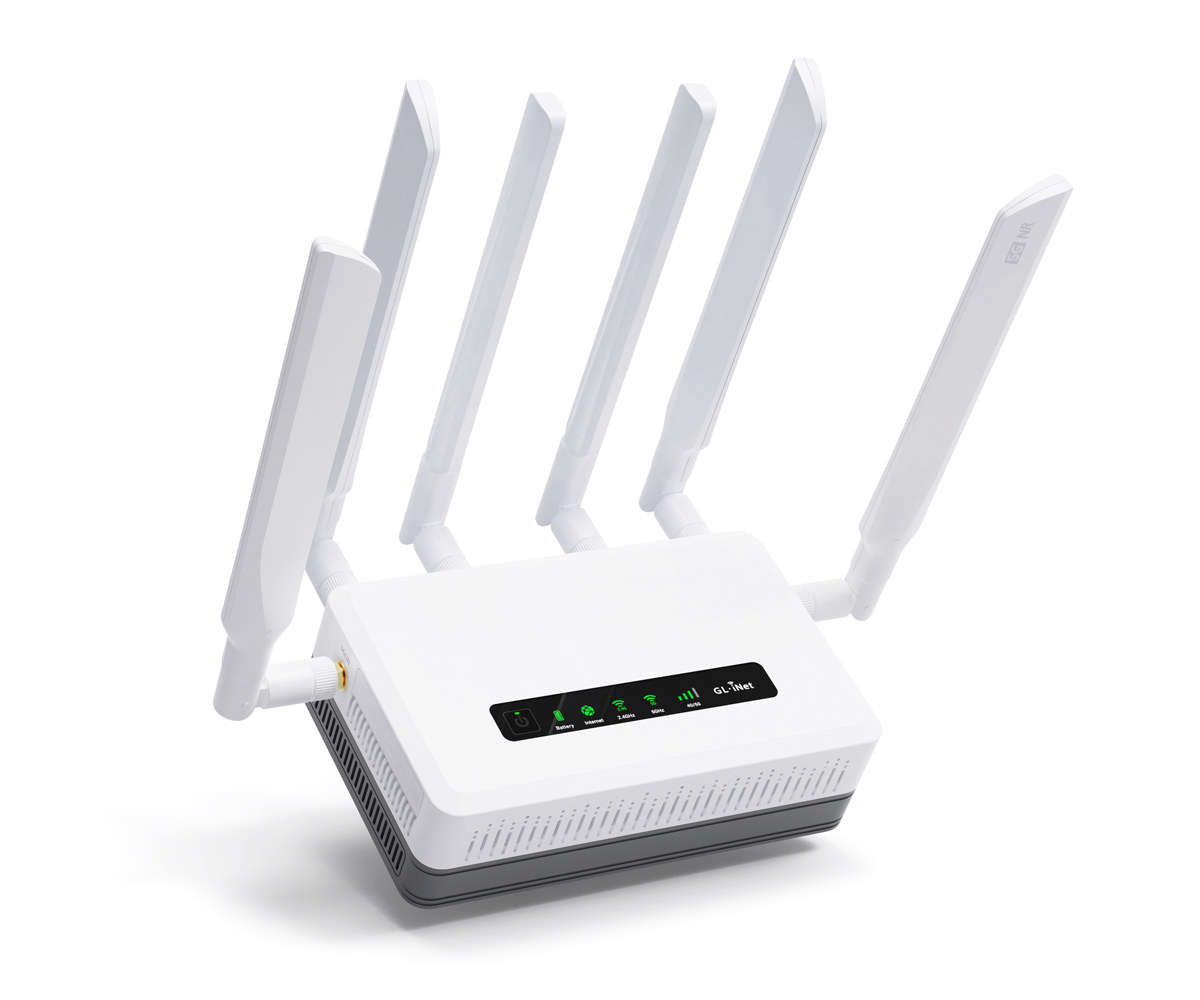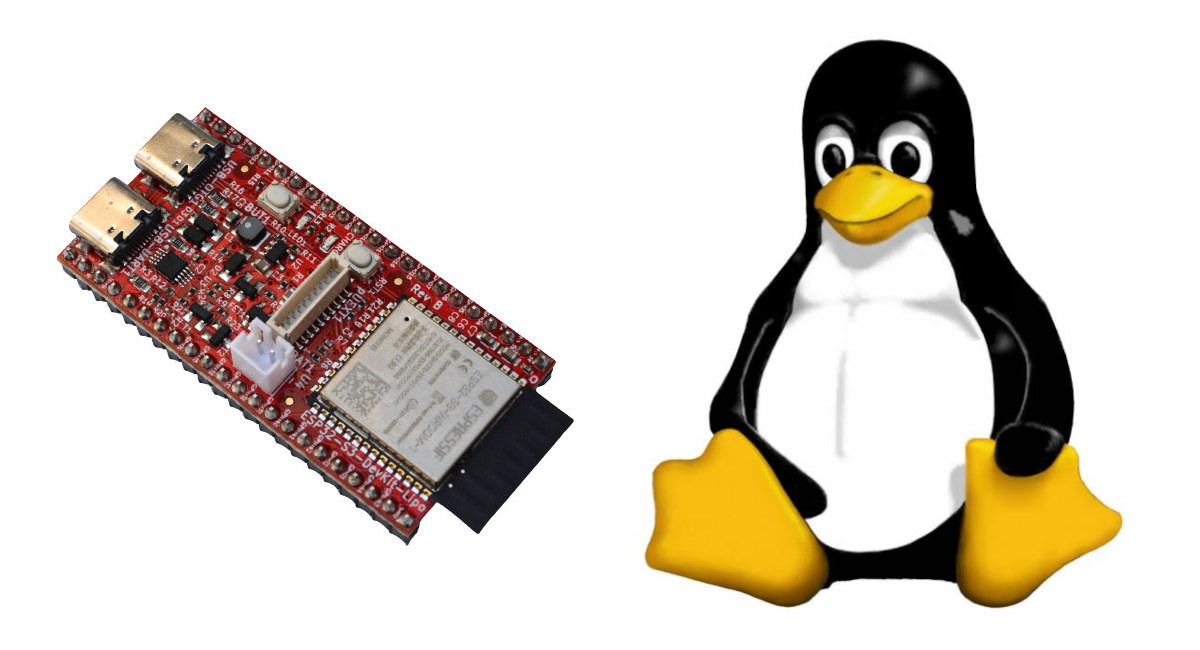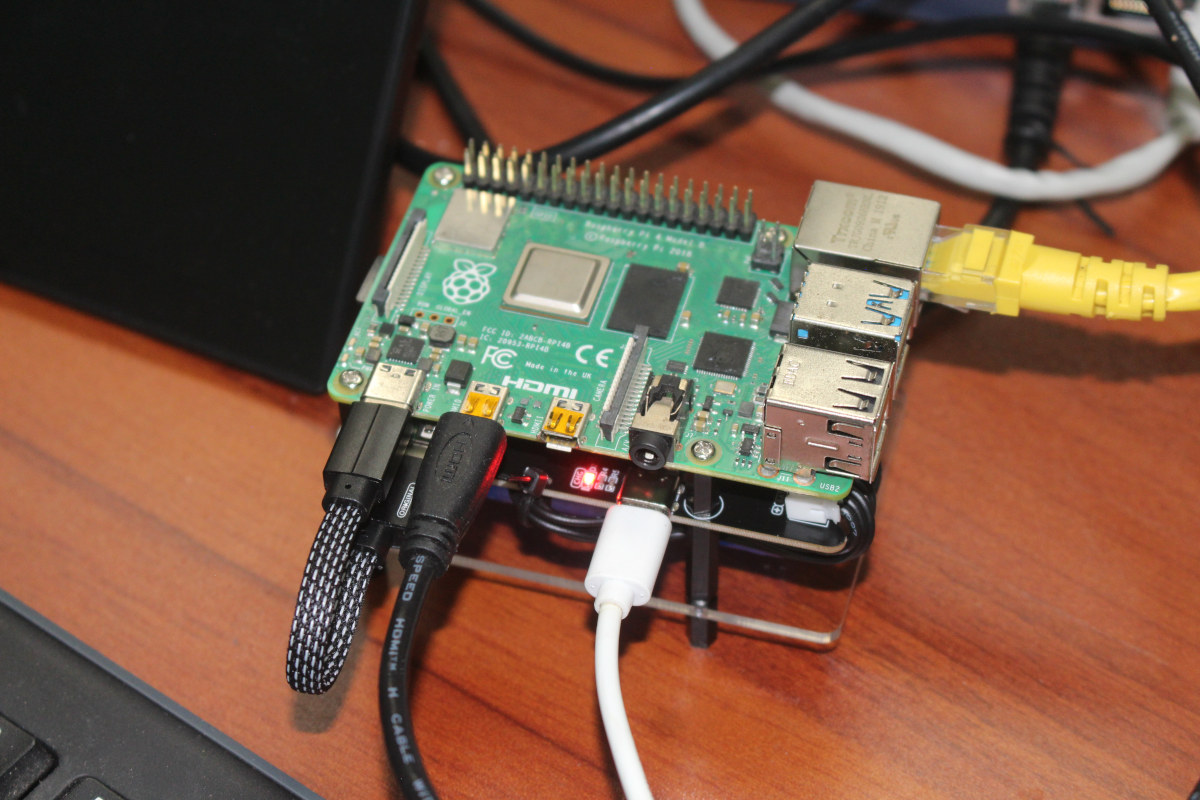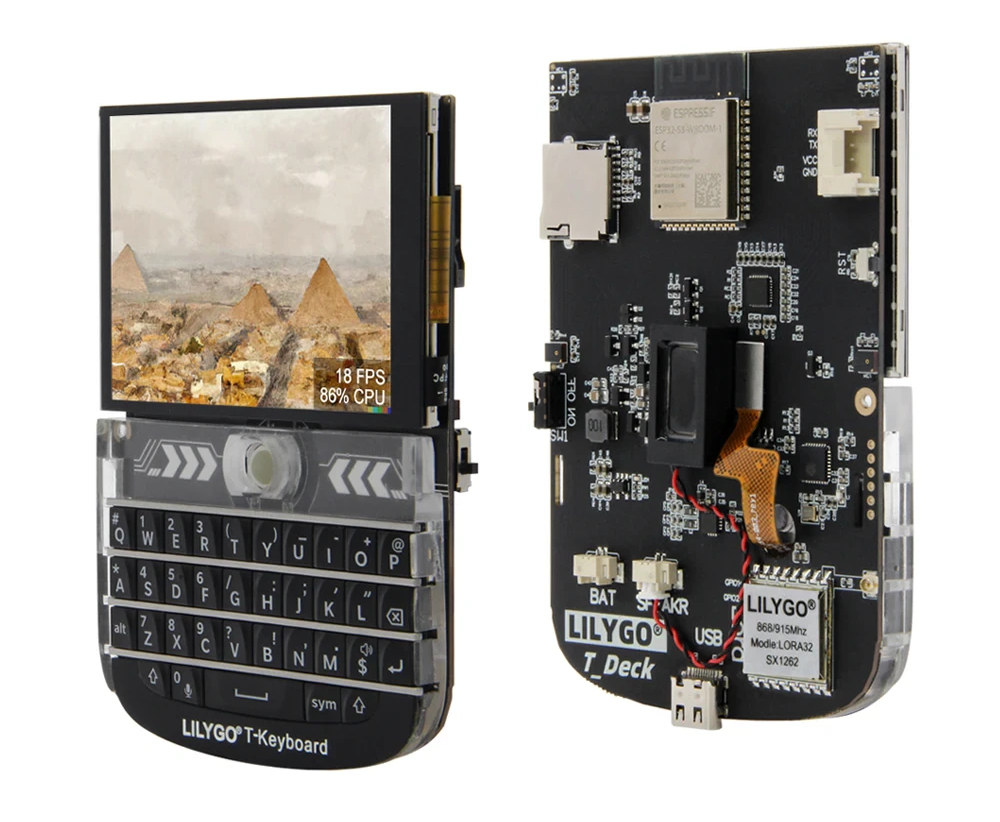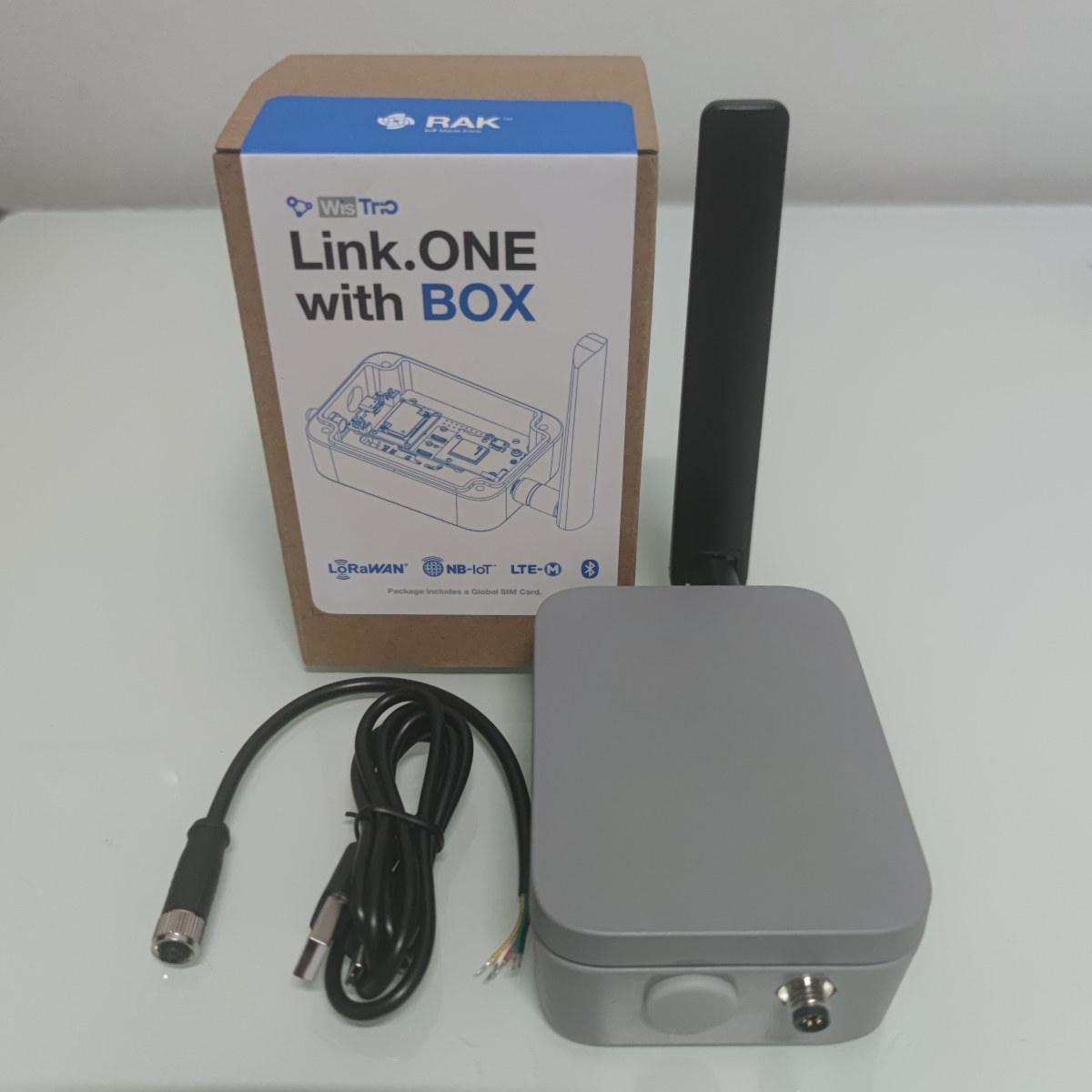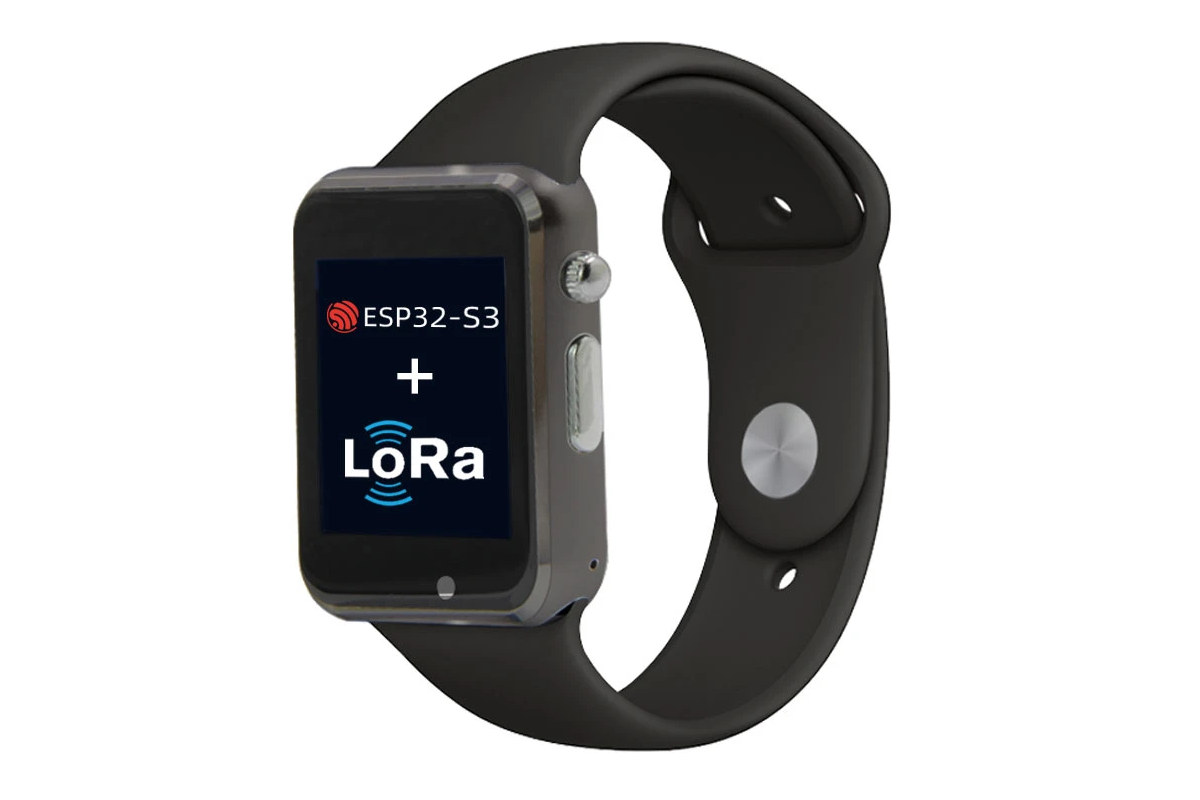Khadas Mind Premium is an ultra-thin mini PC powered by an Intel Core i7-1360P Raptor Lake processor and supports various docks through the Khadas Link connector. We reviewed the mini PC with the Mind Dock in Windows 11 a few weeks ago, and we’ve now had time to install Ubuntu 22.04 to check out the mini PC with Linux. Installing Ubuntu 22.04 on Khadad Mind Premium We decided to install Ubuntu 22.04 alongside Windows 11, so we shrank the Windows partition by about half before inserting a Ubuntu 22.04.3 USB drive to install the Linux distribution. This went smoothly, and in no time we could run Ubuntu 22.04 on Khadas Mind Premium with just two cables, one for power, and the other for the display (both video and power) as we used a wireless mouse and keyboard for user input. Ubuntu 22.04.3 system information The system information in Ubuntu 22.04.3 […]
Khadas Mind Review – An ultra-thin Core i7-1360P mini PC tested with Windows 11
We wrote about the Khadad Mind portable mini PC a few weeks ago with quite a unique design bringing the Intel Core i7-1360P Raptor Lake processor to a super thin design and enabling extension through the Mind Link connector with PCIe, HDMI 2.1, and USB 3.2 Gen 2 interfaces. We’ve now had time to test the Khadas Mind with the Khadas Dock adding 2.5GbE, two HDMI ports, and several 5 Gbps USB connectors, as well as an audio jack and a full-size SD card reader with the Windows 11 Home operating system, so we’ll report our experience that has been mostly positive. Software overview and features testing The Khadas Mind ships with Windows 11 Home 22H2 build 22621.1992 and the System About menu confirms we have a mini PC equipped with an Intel Core i7-1360P processor with 32GB RAM. HWiNFO64 provides more details about the Core i7-1360P processor, Khadas Mind […]
GL.iNet Puli AX (GL-XE3000) WiFi 6 & 5G router integrates a 6,400 mAh battery
GL.iNet Puli AX (also known as GL-XE3000) is a WiFi 6 and 5G cellular router with an integrated 6,400 mAh battery and running a fork of OpenWrt 21.02 on a MediaTek Filogic 820 dual-core Arm Cortex-A53 router SoC. If the design looks familiar it’s because it’s based on the same platform as the GL.iNet Spitz AX 2.5GbE, WiFi 6 and 5G cellular router that we reviewed last May, except the new Puli AX model comes with a 6,400 mAh which makes it even more convenient as a travel router. Puli AX (GL-XE3000) specifications: SoC – MediaTek MT7981A (Filogic 820) dual-core Arm Cortex-A53 processor @ 1.3 GHz System Memory – 512 MB DDR4 Storage – 8GB eMMC flash, MicroSD card slot Networking 1x 2.5GbE WAN Ethernet port 1x Gigabit Ethernet LAN port Dual-band IEEE 802.11a/b/g/n/ac/ax WiFi 6 up to 574Mbps (2.4GHz), 2,402Mbps (5GHz) RM520N-GL 5G cellular modem and 2x Nano SIM […]
12 Euros ESP32-S3-DevKit-LiPo board runs Linux 6.3
Olimex ESP32-S3-DevKit-LiPo is a new open-source hardware ESP32-S3 board with 8MB flash, 8MB PSRAM, as well as LiPo battery and JTAG support that can run Linux 6.3, or the more traditional Arduino or MicroPython firmware. The board is based on the ESP32-S3-WROOM-1-N8R8 module, features two USB-C ports for power, programming, and JTAG debugging, plenty of expansion with two rows of I/Os plus a pUEXT connector, Reset and Boot buttons, and a couple of LEDs. ESP32-S3-DevKit-LiPo specifications: Wireless module – Espressif ESP32-S3-WROOM-1-N8R8 with SoC – ESP32-S3 dual-core LX7 microprocessor @ up to 240 MHz with Vector extension for machine learning, WiFi 4 & Bluetooth 5 LE/Mesh Memory – 8MB OSPI PSRAM Storage – 8MB QSPI flash PCB antenna Dimensions – 25.5 x 18.0 x 3.1 mm USB 1x USB Type-C OTG port also used for JTAG/Serial 1x USB Type-C port for USB-serial programming and power Expansion 2x 22-pin GPIO headers pUEXT […]
Review of SunFounder Raspberry Pi UPS Power Supply
SunFounder’s Raspberry Pi UPS Power Supply is a complete UPS kit for the Raspberry Pi 3/4 Model B/B+ with a PiPower board, a 2,000 mAh battery, and all accessories requires for the assembly. It also works with other Raspberry Pi-sized boards that support 5V DC input such as Banana Pi BPI-M5, Libre Computer ROC-RK3328-CC, and other similar SBCs. Many years ago, I bought a Raspberry Pi battery pack for review hoping that it would also work as a UPS, but it was not perfect as the board would sometime reboot during power failure simulations. Since then, there have been many UPS kits launched to the market, but I didn’t try any so far, so when SunFounder contacted CNX Software to review their “Raspberry Pi UPS Power Supply”, I took the opportunity, and I will report my finding in this review. Raspberry Pi UPS Power Supply key features UPS module output […]
ESP32-S3 board features 2.8-inch display, Blackberry-like keyboard, and optional LoRaWAN connectivity
LILYGO T-Deck is a development kit with an ESP32-S3 WiFi and BLE module, a 2.8-inch display with touchscreen support, a Blackberry-like keyboard based on ESP32-S3, and optional LoRaWAN connectivity through an SX1262 LoRa module. It looks ideal for text-based messaging, but the devkit also includes two microphones and a speaker so audio communication must be possible. Other features include a MicroSD card slot, a Grove connector (UART) for expansion, and support for a LiPo battery with USB charging. LILYGO T-Deck specifications: ESP32-S3-WROOM-1 wireless module SoC – ESP32-S3FN16R8 dual-core Tensilica LX7 microcontroller @ up to 240 MHz with 2.4 GHz 802.11n WiFi 4 and Bluetooth 5.0 LE connectivity Memory – 8MB PSRAM Storage – 16MB SPI flash PCB antenna Storage – MicroSD card slot Display – 2.8-inch IPS display with 320×240 resolution; ST7789 SPI display controller Audio – Built-in speaker using MAX98357A amplifier, 2x MEMS microphones Wireless 2.4 GHz 802.11n WiFi […]
Using Link.ONE all-in-one LPWAN development kit with ChipStark, Node-Red, InfluxDB, and Grafana
RAKwireless has sent us a review sample of the WisTrio Link.ONE all-in-one LPWAN IoT development kit with support for LTE-M, NB-IoT, and LoRaWAN connectivity and programmable with the Arduino IDE. We’ve tested the kit with its weatherproof WisBlock Unify enclosure using LoRaWAN connectivity and open-source software packages and frameworks such as ChipStark, Node-Red, InfluxDB, and Grafana. Key features of the Link.ONE kit The Link.ONE kit we’ve received comes with a WisBlock Unify Enclosure (100 x 75 x 38 mm) and a 3,200 mAh/3.7V rechargeable lithium battery which is sufficient when the system is mostly in sleep mode and used to receive data, while not sending information too often. “Link.ONE with BOX” unboxing The following items were very tightly packed inside the box: WisTrio LTE-M, NB-IoT, and LoRaWAN development board Rechargeable lithium battery External Antenna for cellular USB Type-C cable Circular M8 female cable The enclosure is strong with the lid […]
T-Watch S3 ESP32-S3 smartwatch supports WiFi, Bluetooth LE, and LoRa connectivity
LILYGO T-Watch S3 is an ESP32-S3 WiFi and Bluetooth LE smartwatch with LoRa connectivity, and other interesting features such as an RTC, audio support, a vibration motor, and an infrared transmitter to control home appliances. The watch integrates a 1.54-inch color LCD display with capacitive touch, a button to turn on and off the device, and a USB port to charge the included 400 mAh battery. The T-Watch S3 sells in silver or “gun color” with a black wrist strap. T-Watch S3 specifications: Wireless MCU – Espressif Systems ESP32-S3 dual-core Tensilica LX7 @ up to 240 MHz with vector instructions for AI acceleration, 512KB RAM, 8MB PSRAM, 16MB flash, WiFi 4 and Bluetooth LE wireless connectivity Connectivity 2.4 GHz WiFi 4 (802.11 b/g/n) Bluetooth LE 5.0 Semtech SX1262 LoRa RF transceiver: 433 MHz, 868 MHz, 915 MHz Display – 1.54-inch 16-bit color LCD display with 240×240 resolution, capacitive touch; ST7789V […]


